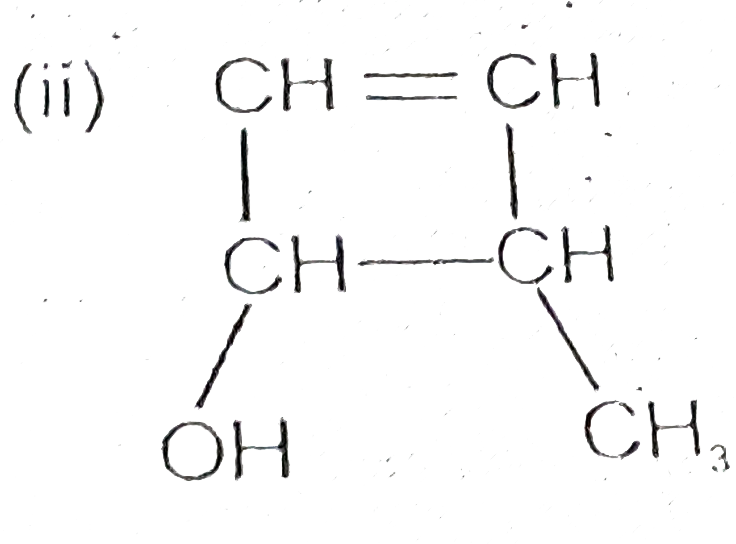Oils and fats are obtained by saponification potassium steatrate. Its formula is CH3−(CH2)16−COO−K+. Lyophobic end of atom is (CH3) and lyophilic end is COO−K+. Potassium stearate is example of
A
lyophobic colloids
B
lyophobic colloids
C
combined colloids or micelles
D
macromolecular colloids
Video Solution
Text Solution
The correct Answer is:C
The substance, whose molecules associate with given solvent to form colloidal partical known as association colloidal. The molecule of soap and detergen are generally smaller than colloidal particle. These molicules associate in concentration solution to form colloidal size particle. These association of soap and detergent known as micelle.
|
Topper's Solved these Questions
- SURFACE CHEMISTRYBOOK - A2ZCHAPTER - SURFACE CHEMISTRYEXERCISE - Colloids (Properties, Coagulation, Protection, Emulsions And Applications)
30 Videos
- SURFACE CHEMISTRYBOOK - A2ZCHAPTER - SURFACE CHEMISTRYEXERCISE - AIIMS Questions
121 Videos
- SURFACE CHEMISTRYBOOK - A2ZCHAPTER - SURFACE CHEMISTRYEXERCISE - Section D - Chapter End Test
30 Videos
- SOLUTIONSBOOK - A2ZCHAPTER - SOLUTIONSEXERCISE - Section D - Chapter End Test
30 Videos
- THE D AND F BLOCK ELEMENTSBOOK - A2ZCHAPTER - THE D AND F BLOCK ELEMENTSEXERCISE - Section D - Chapter End Test
30 Videos
Similar Questions
Knowledge Check
Potassium stearate is obtained by saponification of an oil or fat. It has the formula,
CH3(CH2)16COO−K+ The molecule has a hydrophobic end (CH3(CH2)16−) and a hydrophilic end (COO−K+). Potassium stearate is an example ofAlyophobic colloidBmultimolecular colloidCmacromolecular colloidDassociated colloid or micelleWhich of the following is correct in the context of sodium stearate, CH3(CH2)16COO−Na+ .
AIt is a major component of many bar soapsBThe −COO− group is the polar-ionic head and is hydrophilicCThe R−group is the nonpolar- tail and is hydrophobicDAll of theseWhat is true about zwitter ion.
H3N+CH2COO?ANH2CH2COO− is its conjugate baseBH3N+CH2COOH is its conjugate acidCBoth (A) and (B)DNone of these
Select the correct statement regarding [Pt(CH3−CH(NH2)COO)Cl2]−
View SolutionSelect the correct statement regarding [Pt(CH3−CH(NH2)COO)Cl2]−
View SolutionAqueous solution contains Zn(CH2COO)2,Cd(CH3COO)2andCu(CH3COO)2 on passing H2S gas, therte is a precipitate of ……. As sulphide
View SolutionThe oxidation product of 1,2-cyclopentane diol with HIO4 or (CH3COO)4Pb is:
View SolutionWhen salicyl aldehyde is treated with (CH3CO)2O in presence of CH3COOӨNa⊕,Δ
View Solution

